

This iconic shorebird is projected to lose more than 29 percent of non-breeding range by 2080, with only 38 percent of its original summer range remaining, according to Audubon’s climate model. Coastal areas of Texas, Louisiana, and the Bahamas will become increasingly suitable, even as other areas decrease. Climatic suitability along the Atlantic shoreline is projected to move north in the winter, overlapping with breeding range. However, sea level rise is likely to become a critical issue for this coastal-dependent species in both summer and winter seasons.
Are the projected range maps different from the range maps in field guides? Find the answer here.
This pale little shorebird, colored for camouflage against dry sand, breeds on Atlantic Coast beaches and on open lake shores and river sandbars of the northern Great Plains. For the winter, it retires to warmer climates of the southern Atlantic and Gulf coasts, as far south as Florida, the Bahamas, and extreme northern Mexico. Like other members of the plover family, it seeks its food visually, running a few paces and then stopping to pick up an item with its short bill. Along the coast, its varied diet includes many small crustaceans, marine worms, and insects, but in the inland portion of its range, insects make up the bulk of its diet.
Explore more birds threatened by climate change around the country.
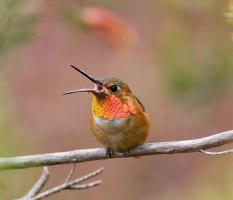
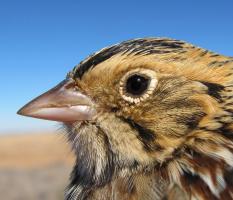
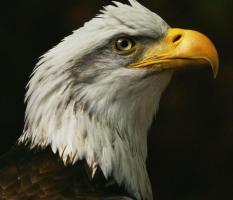
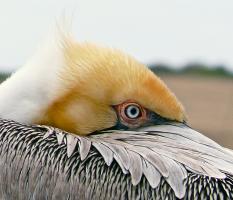

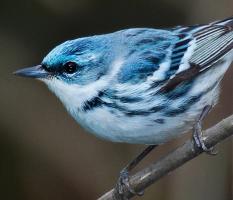
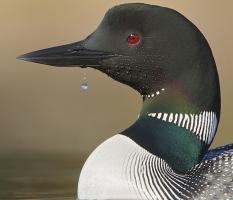
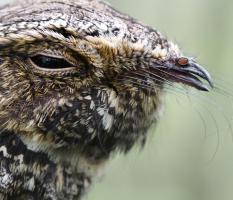





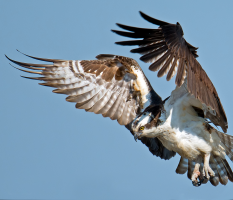
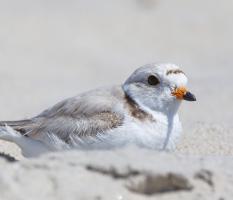

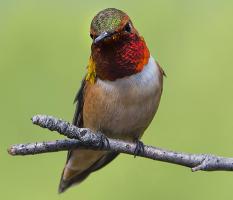

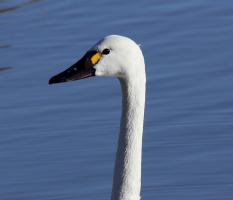
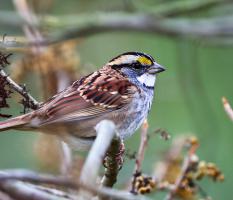

It's easier than you think to make a difference. Become an Audubon member today to help birds facing climate change.